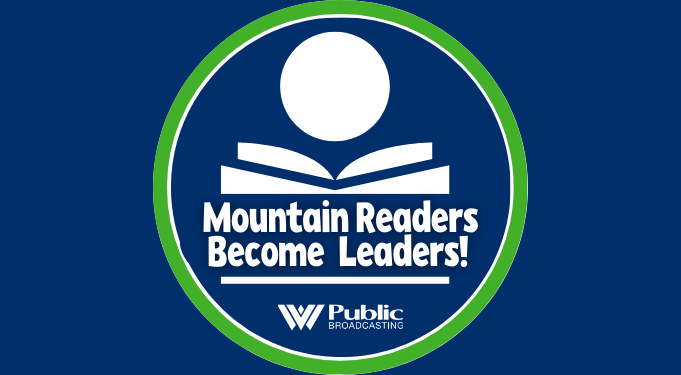When it comes to decoding the language of the drug epidemic, advocates say using compassionate language is vital when speaking with the people behind the numbers.
This language is also medically accurate, as clinicians’ diagnostic manuals have changed.
“In behavioral health disorders there is, for the past several decades, there has been something called the DSM,” said Michael Haney, director of addiction treatment center PROACT, based in Huntington. “It’s the Diagnostic and Statistical Manual of psychiatric disorders, and there used to be a delineation between abuse and dependence which I think is where the whole idea of addiction dependence got confused because abuse is someone that was a problem user, but it hadn’t gotten to the point where they were truly considered as having a disease or sick.”
In 2013, the fifth edition of the Diagnostic and Statistical Manual of Mental Disorders, or DSM 5 was released, removing terms like substance abuse for a more simple term.
“It’s simply use disorder,” Haney said. “And it’s like alcohol use disorder, mild alcohol use disorder, moderate or alcohol use disorder severe. And that really just depends on how much of an impact it’s having on you.”
Laura Lander has lived in West Virginia for nearly 20 years and watched the trajectory of the drug epidemic from a social work perspective as an associate professor at West Virginia University’s (WVU) Department of Behavioral Medicine and Psychiatry.
“And now, it’s really a kind of on a continuum,” Lander said. “So people have mild, moderate, or severe substance use disorder. So that’s the diagnosis. So addiction is really an umbrella term, which is not a diagnostic term, is really more of a descriptive colloquial term that we use.”
Lyn O’Connell, associate director for the Division of Addiction Sciences at Marshall University’s Joan C. Edwards School of Medicine, said avoiding derogatory terms and judgemental labels and instead employing person-first language can increase empathy and reinforce the idea that people are experiencing a health issue rather than a moral failing.
“One of the other reasons it matters is because, and we don’t use this term, but if we refer to someone as an addict, we don’t want to use that term, because it’s not person-centered, and it really dehumanizes the individual,” O’Connell said. “So we want to talk about a person with a substance use disorder because they are still a person. And so we want to refer to that person-centered language. The reason for doing that is also to try and reduce stigma to remind people that there is a person in the conversation.”
O’Connell said that with the understanding that language shapes perception and attitudes, adopting an empathetic approach can pave the way for more effective support systems and treatments.
“And although people might say, ‘well, that’s not going to change how someone enters treatment,’ it absolutely does. How we refer to programs, how we refer to people, how we talk about issues definitely impact our willingness to have treatment,” O’Connell said. “There’s no better example other than probably a needle exchange versus a harm reduction program.”
According to O’Connell, compassionate language not only benefits those directly affected by substance use disorder but also promotes a more inclusive dialogue among policymakers, health care professionals and the general public.
“Unfortunately, we haven’t done enough to combat that first piece of language, but we really want to make sure that, that terminology has impacted our willingness to treat people or provide funding or to legislate this overall,” O’Connell said.
Lander said using compassionate language doesn’t minimize the severity of the drug epidemic but rather acknowledges the humanity and inherent worth of every individual impacted by it. And it has practical applications as well.
“Previously, we had found there was a stigma around patients receiving Narcan,” Lander said. “Even though there was a state order in place that people did not need a prescription to receive it. It was hard for them to get it from the pharmacies. And now we have distributed so much free Narcan and it’s almost become like a household item, which on the one hand, you can think of as sad. On the other hand, you can think of as what an amazing thing we have done to really de-stigmatize a rescue medication, which allows people to live long enough to hopefully get into treatment and into recovery.”
Appalachia Health News is a project of West Virginia Public Broadcasting with support from Charleston Area Medical Center and Marshall Health.




















